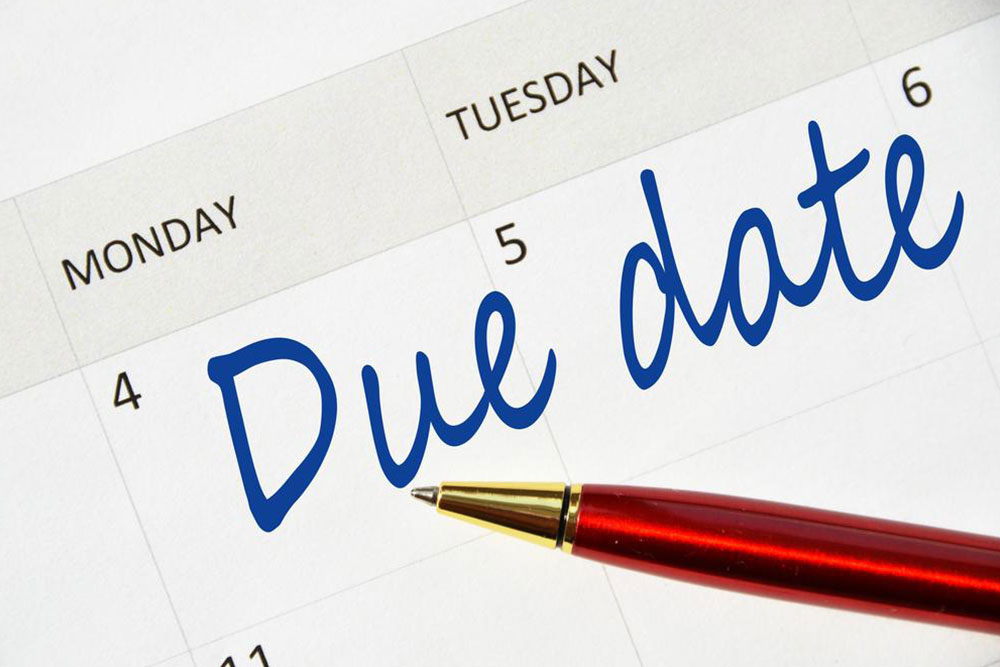Due date calculator: What you need to know
The excitement of having a baby starts from the day one learns about the pregnancy, or from the time that one starts to plan the baby. Apart from taking good care of one’s mind and body, pregnancy is also a time when one needs to indulge in various other activities like preparing for the child.

While most people ask the doctor for their due date, there are other ways in which one can calculate the same as well.
Follow this guide to know more.
Simple Equation
In order to know your exact due date, you can simply add 280 days or 40 weeks to the first day of your previous period. For this, you will also have to have full knowledge of the menstrual period. There are many times when we are not able to keep track of the same, so it would be a good idea to keep a calendar where you mark the beginning and end of each cycle in a month-wise fashion. This should be done by people who are planning a pregnancy so that they can calculate the exact date. In case you are using this equation, the menstrual cycle and ovulation are counted as the first two weeks of pregnancy. Therefore, delivering the baby on the exact due date will actually make the pregnancy 38 weeks old.
Chances of Due Date Delivery
While we are on the subject, we would also like to point out that there are only about 5% pregnancies where the birth takes place on the exact due date that has been calculated, but a day before the date or a day after the date is also considered as the exact date. One must remember that each and every pregnancy is different and unique, which makes it exempt from any set formula or science. Therefore, the baby will arrive only when it is ready and the 38 weeks to 40 weeks period is only an assumption.
Things that your Due Date will tell you
Once you get your due date calculated, there are a number of other things that the doctor will be able to tell you. These are things that you can find out on your own as well, if you are using an online due date calculator. For starters, the report will tell you the date on which you may have conceived the child, as well as the measurements of the fetus at that time, which will point at the status and development of the pregnancy. This will include the weight, size and heartbeat of the baby at that time. Also, the various dates of the trimesters and the prenatal testing dates and checkups will be mentioned in the report. This can be computed manually as well with help from tools online and knowhow about how the various trimesters progress.











